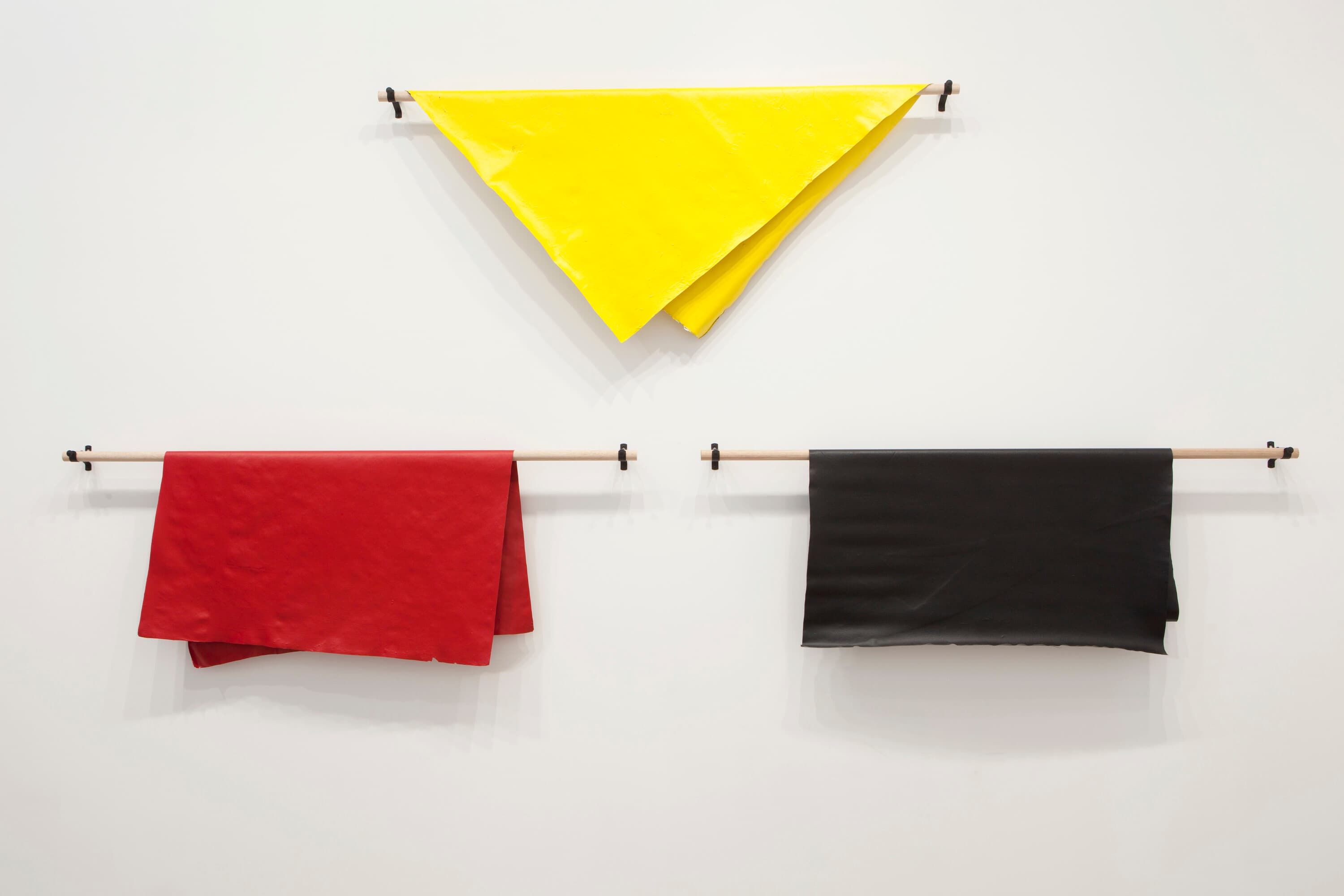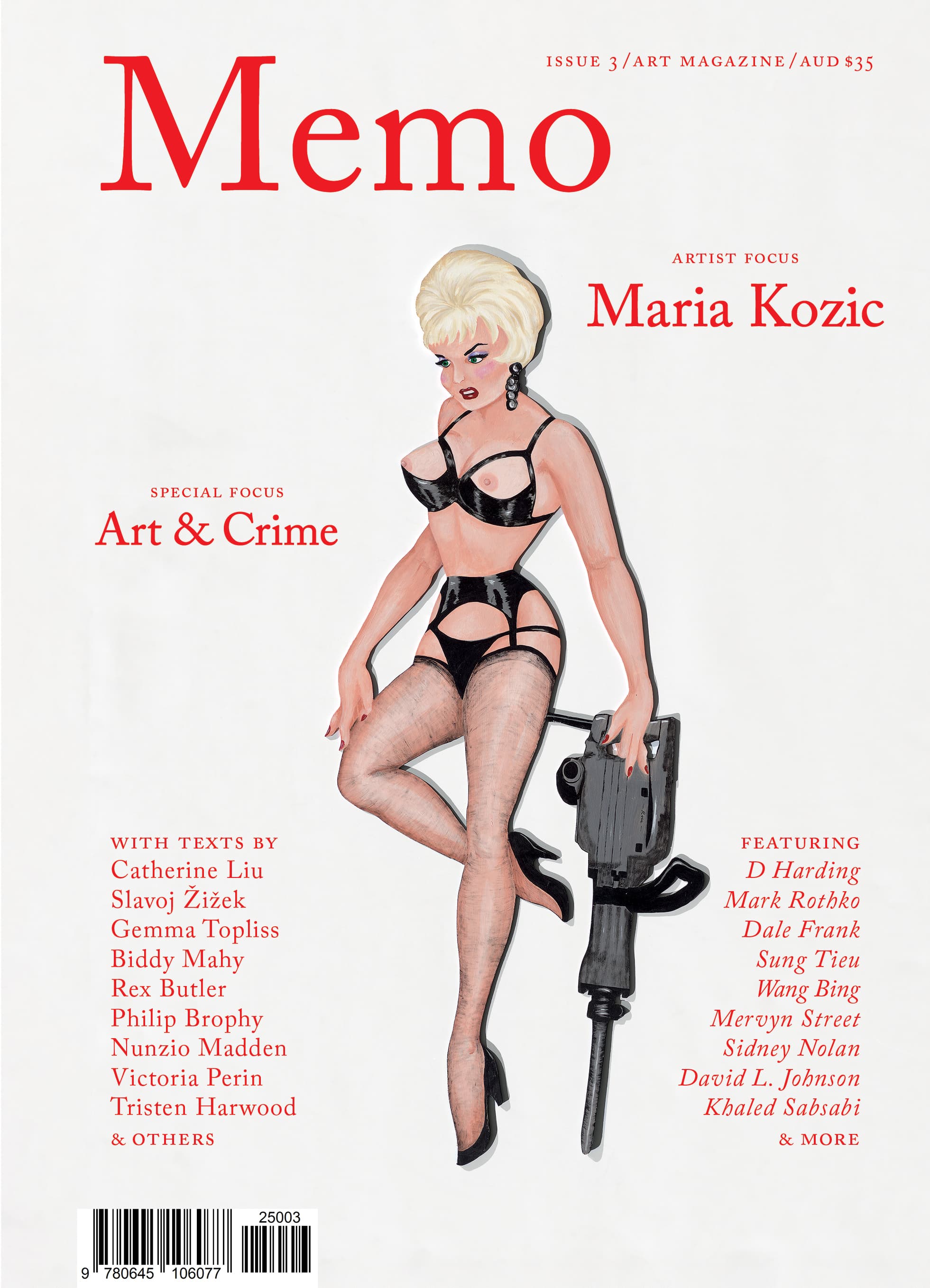Liang Luscombe: Co-Presence
Liang Luscombe’s artful syntax of pastiche and puppetry interrogates the objectification of Asian femininity, collapsing Cartesian boundaries between human, artefact, and cinematic stereotype.
I don’t remember exactly when I met Liang Luscombe, but it must have been around 2012, when she exhibited Bauhaus Fisher Price at TCB Art Inc. in Melbourne’s CBD. In classic awkward-Fine-Art-undergraduate fashion, I sped through the opening without acknowledging anyone—meaning I actually got a decent look at the work. Luscombe had constructed three imitation Ginger chairs, originally designed by Andrea Branzi for Studio Alchimia in 1980, and hand-painted them in bright, Memphis-style patterns. To complete the exhibition, she painted the lower half of the gallery’s interior a flat cadmium orange, framing the space with a bold, painted window in the centre of one wall. The result was a distinctly set-like quality.
Exclusive to the Magazine
Liang Luscombe: Co-Presence by Amy Stuart is featured in full in Issue 3 of Memo magazine.
Get your hands on the print edition through our online shop or save up to 20% and get free domestic shipping with a subscription.
Related

Archie Moore’s minimalism plays a formalist trick on a settler audience that sees only an Aboriginal flag, never the painting itself.

At a time when all these elements are easily replicated by AI and memed on social media, what is often called Anderson’s “twee” aesthetic continues to be derided as all style and no substance.
